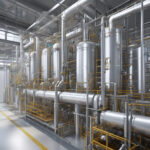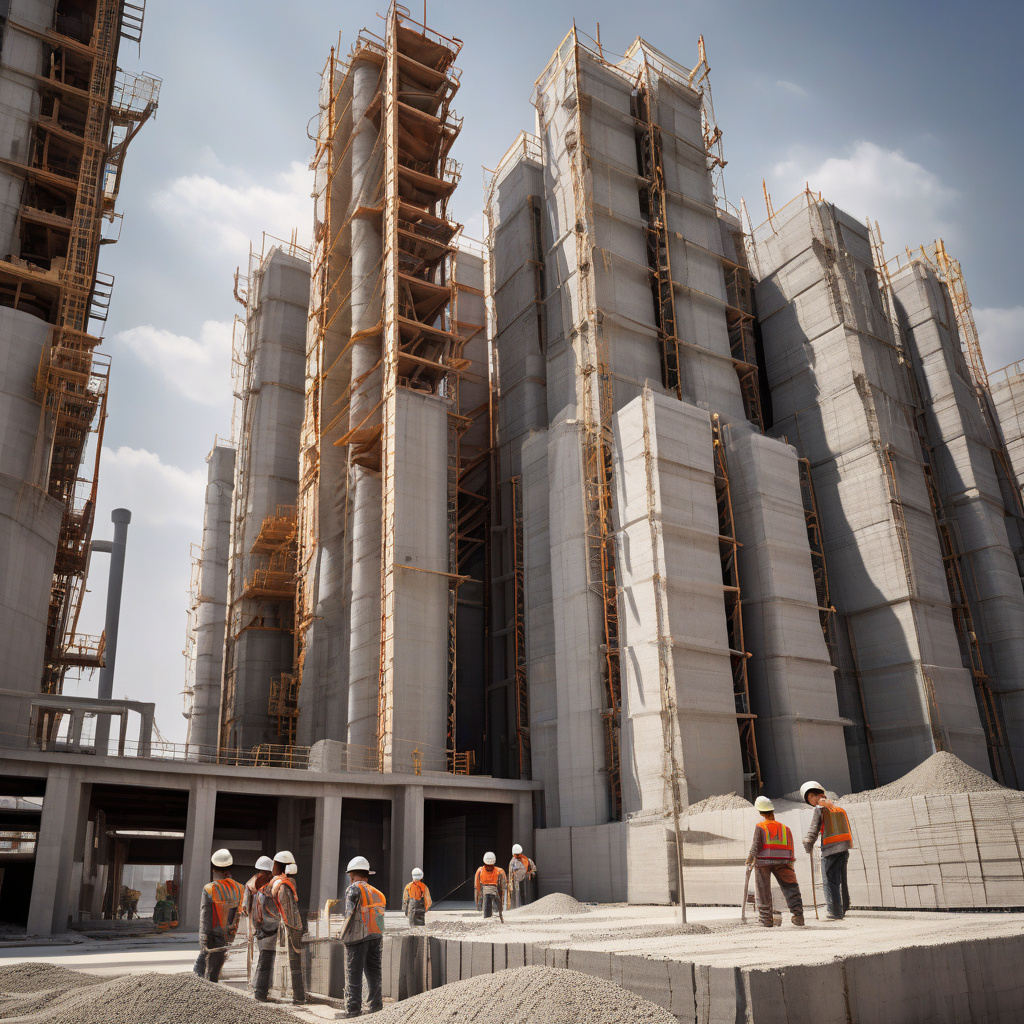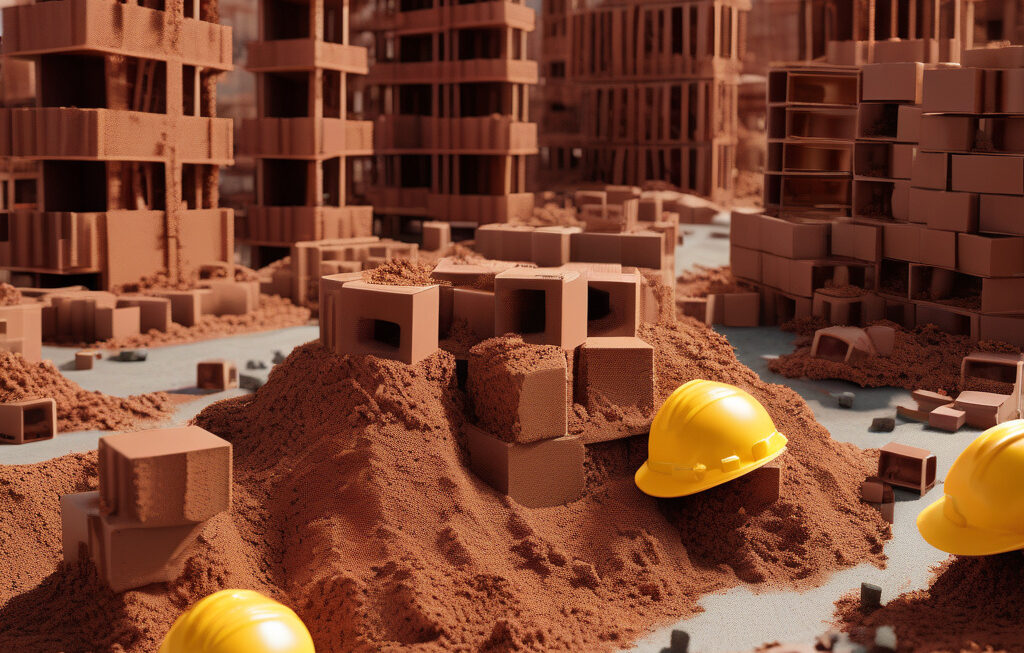China Develops Self-Cooling Cement: Revolutionizing Construction Industry
Researchers from China have developed a new type of cement that does not absorb sunlight. In fact, this innovative cement actually cools itself, reducing temperatures by an impressive 9.72°F during the day. This groundbreaking development has the potential to revolutionize the construction industry by offering a sustainable and energy-efficient alternative to traditional building materials.
The self-cooling properties of this new cement are achieved through a combination of specially selected ingredients that reflect sunlight and enhance heat dissipation. By effectively reducing heat absorption, the cement is able to lower temperatures in its vicinity, creating a more comfortable environment for both indoor and outdoor spaces. This not only improves the overall livability of buildings but also contributes to energy savings by reducing the need for air conditioning during hot summer months.
One of the key advantages of this self-cooling cement is its potential to mitigate the urban heat island effect, a phenomenon where metropolitan areas experience significantly higher temperatures than surrounding rural areas due to human activities and the built environment. By incorporating this innovative cement into urban infrastructure projects, cities can effectively reduce ambient temperatures, improve air quality, and enhance overall urban comfort.
Moreover, the development of self-cooling cement aligns with China’s commitment to sustainability and environmental conservation. As a global leader in carbon emissions, China has been actively seeking innovative solutions to reduce its environmental impact and transition towards a greener economy. By promoting the use of energy-efficient building materials like self-cooling cement, China is taking a significant step towards achieving its climate goals and building a more sustainable future.
In addition to its environmental benefits, self-cooling cement also offers practical advantages for builders and developers. By reducing the need for additional cooling systems, this innovative material can help lower construction and operating costs for building owners. Furthermore, its durability and thermal properties make it an attractive choice for a wide range of applications, from residential homes to commercial high-rises.
As the construction industry continues to prioritize sustainability and energy efficiency, the development of self-cooling cement represents a major technological advancement with far-reaching implications. By harnessing the power of innovation and scientific research, China has demonstrated its leadership in driving positive change and shaping the future of construction practices.
In conclusion, the introduction of self-cooling cement marks a significant milestone in the evolution of sustainable building materials. With its ability to reduce temperatures, lower energy consumption, and enhance urban comfort, this innovative cement has the potential to transform the way we think about construction and design. As China leads the way in developing this groundbreaking technology, the rest of the world is sure to follow suit in embracing a more sustainable and environmentally conscious approach to building.
self-cooling cement, sustainable construction, energy efficiency, urban heat island, environmental innovation












